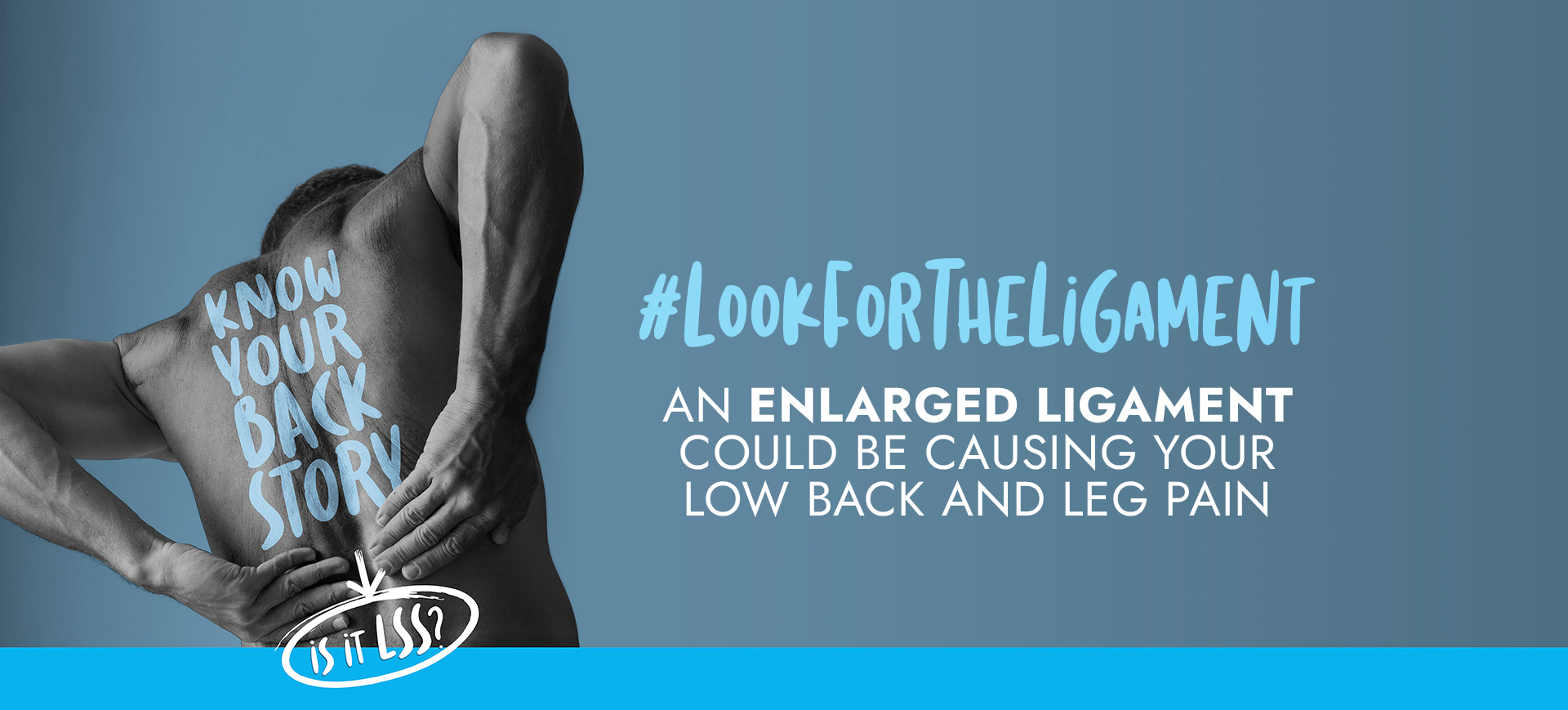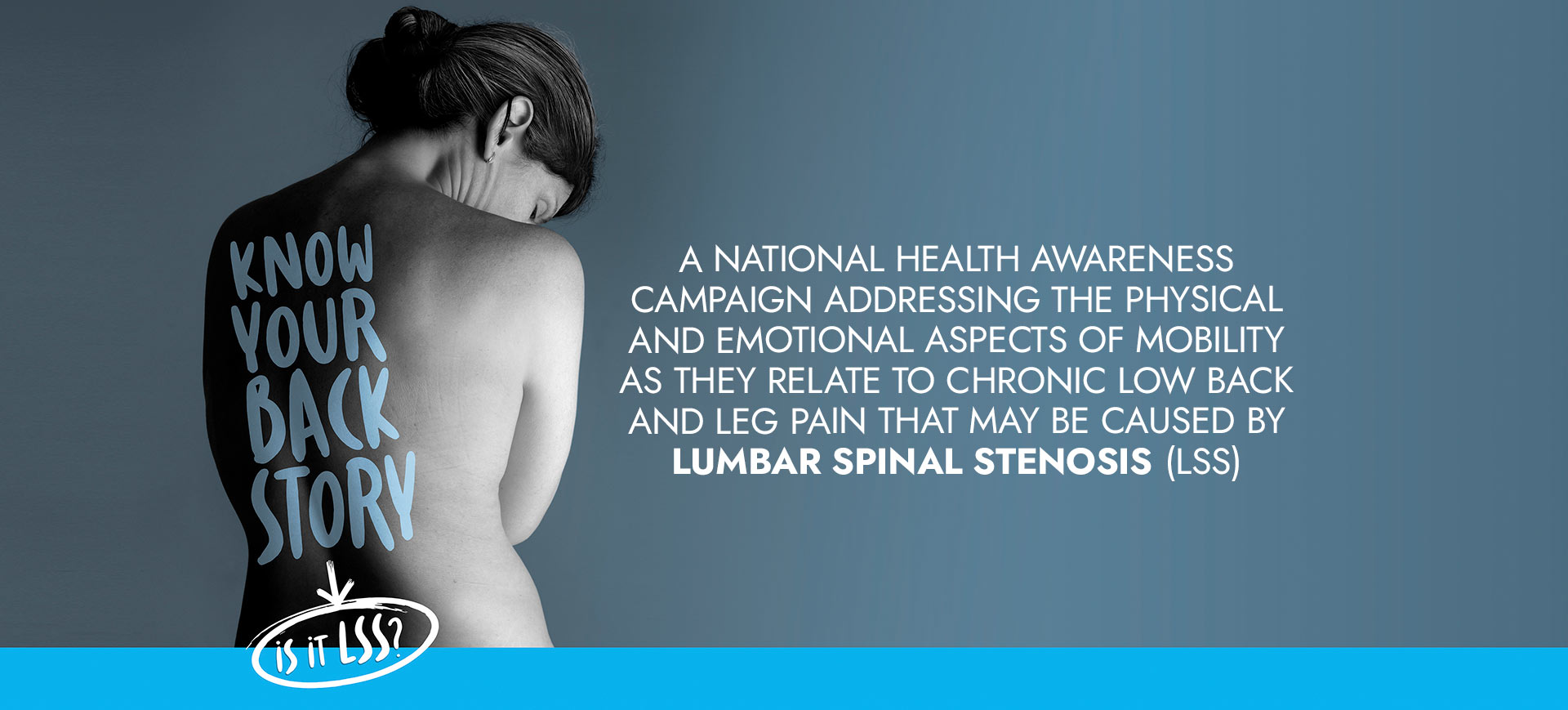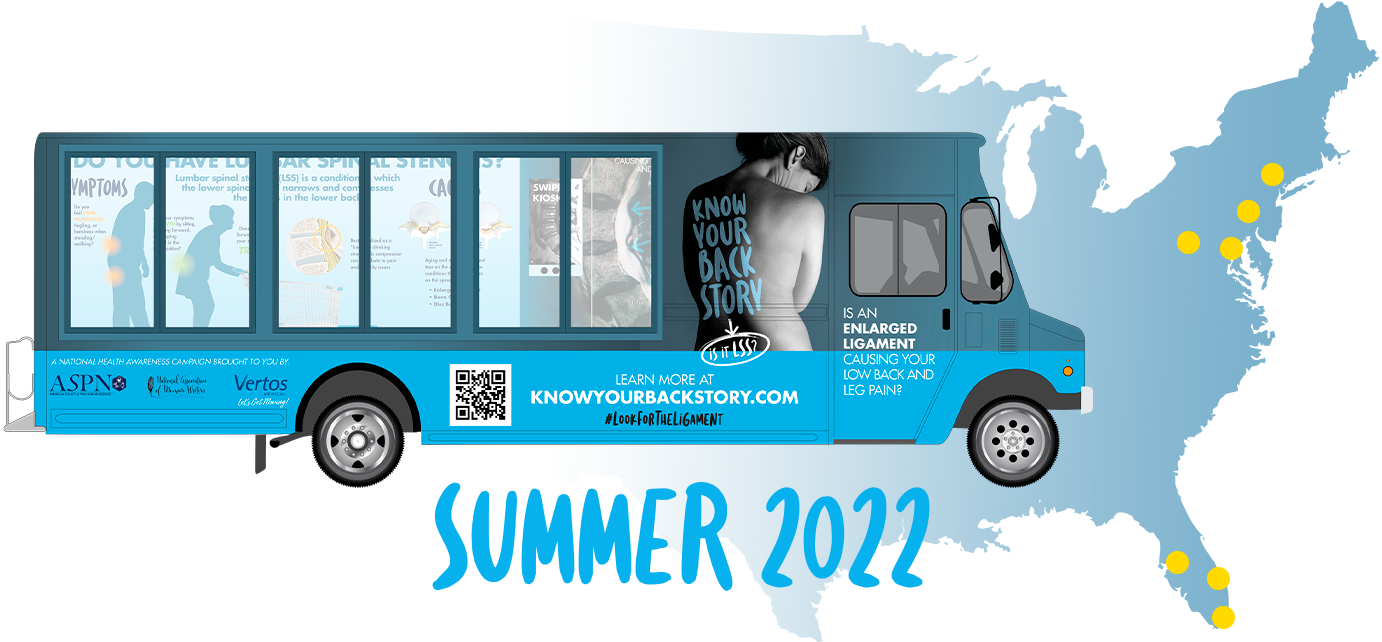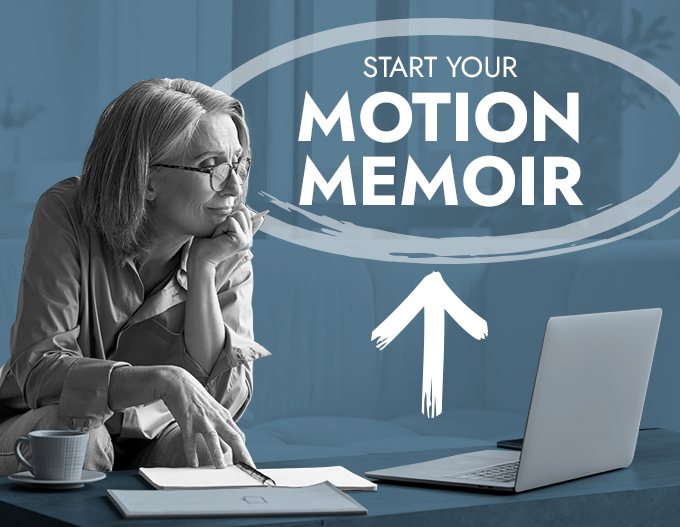Make time: Dedicate the space and time needed to coax your back story out into the open. Have your pen and paper or keyboard ready and get comfortable before you start. Set aside 30 minutes to an hour to document your story so you have time to settle in and get into the rhythm of writing.
Visualize: Think of moving your body and what motion means to you. What does your body feel like, where have these movements taken you… and where are you now? Use action verbs and concise descriptions that include sensations, sounds, color, and smells to bring your feelings to life on the page.
Consider tenses: Ground your stories in their timeline—note the year and your age as you sort through your moments and scenes. As you move through your past, consider how it has shaped and colored your present, and how you feel as you think of moving toward your future. A scene is a particular moment in time that captures action, thought, and reaction to the situation in the scene.
Be specific with your timelines: When did pain or a lack of mobility creep into your life? When did a lack of mobility steer you away from activities you wanted to do? Make a simple timeline with years and ages of when you felt great and what you could do; the years you couldn’t move as you wanted to; and where you are now in your journey. In addition to being a helpful reference as you write, this information can be very useful to your doctor.
Grabs the render’s attention: Share a specific moment in time, a vivid description of you in that moment to open the doors of your memoir. The more you write, the easier it is to find more interesting moments and capture them quickly on the page. Don’t worry about editing!
Be candid: How did you feel hiking that trail, playing with your grandchild, driving to visit family, finishing a satisfying day at work? Are these things you miss? Don’t be afraid to dig deep. Life is all flavors… share the good, the bad, the happy and the hard. Truth unlocks hidden feelings and enables you to feel free to be yourself.
Be engaging: What unique experiences can you bring to the story? Your life is like no one else’s. Before you start writing, list 10 amazing moments, never to be forgotten. If some of them are painful, just leave them on the list for a while. You can decide what to write choosing each moment by how you feel and what you want to explore.
Be economical: Write in plain language as concisely as you can. A general rule of thumb for any writing is “Less is more” But don’t worry whether or not your writing is “right”… just let it out!
As you write, you may feel your story swell beyond the confines of this exercise. Writing as healing tends to be open ended and benefits from holding nothing back. So if you feel the need to write more, then keep going… just know that part of writing is editing! That goes beyond our little exercise, so we encourage you to visit NAMW.org for classes, videos, tutorials, and tips on how to refine your story into a longer piece, or even a full memoir!

























